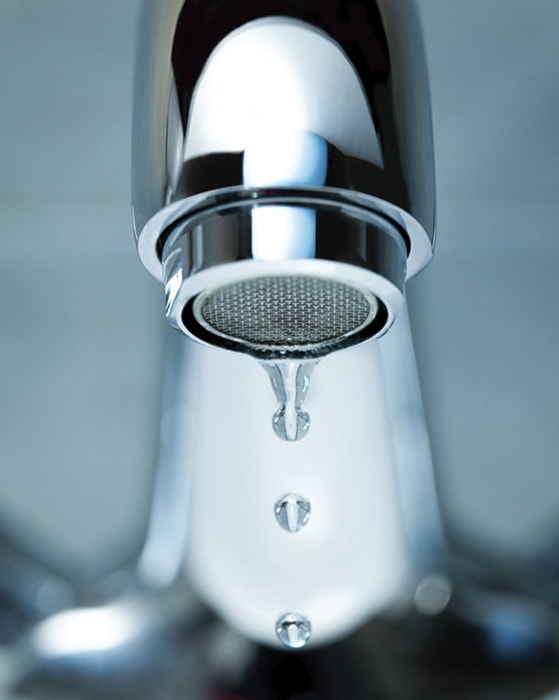The Regional District of Okanagan-Similkameen has issued a water quality advisory for Willowbrook.
In consultation with the Interior Health Authority, the water quality advisory is effective immediately until further notice. The advisory, affecting the community east of Vaseux Lake, is in response to recent bacteriological samples that have tested positive for low counts of Total Coliforms. All tested samples have been negative for E. coli.
The associated health risks have been assessed to be minimal at this time resulting in a water quality advisory being issued and should not be confused with a boil water notice.
Read more: What is a water quality advisory?
A water quality advisory allows the RDOS to update all residents on the current status of a water system. A water quality advisory for bacteriological quality typically targets the following demographic (not the entire population of the system), children, the elderly, people with weakened immune systems and anyone seeking additional protection. The Interior Heath Authority recommends for those in these groups to use a safe alternate source of water, or to boil water for all drinking, oral hygiene and food preparation/cooking purposes. Water should be brought to full boil and allowed to boil for at least one minute.
The RDOS would also like to remind all business owners/operators (bed and breakfasts) and public facilities operators that it is the responsibility of said establishments to notify their customers of the water quality advisory.
The primary goal of the RDOS’s Water Quality Monitoring program is to ensure the safe supply of potable water to all residents connected to RDOS owned and operated systems.
The historical bacteriological data on record with the Interior Health Authority prior to the RDOS operating the system is limited however it does indicate that there have been previous events where Total Coliforms have been detected.
Upon obtaining ownership of the water system, the RDOS increased the sampling frequency to meet IHA’s current expectations. The RDOS will also be looking to install dedicated sampling locations throughout the system to further enhance the reliability of the monitoring program.
The RDOS will be working with the Interior Health Authority on developing an plan to try to determine the source of these Total Coliform counts within the water system.

